Results 10,631 to 10,640 of 12094
Thread: Anandtech News
-
06-23-20, 12:39 AM #10631
Anandtech: AMD Scores First Top 10 Zen Supercomputer… at NVIDIA
One of the key metrics we’ve been waiting for since AMD launched its Zen architecture was when it would re-enter the top 10 supercomputer list. The previous best AMD system, built on Opteron CPUs, was Titan, which held the #1 spot in 2012 but slowly dropped out of the top 10 by June 2019. Now, in June 2020, AMD scores a big win for its Zen 2 microarchitecture by getting to #7. But there’s a twist in this tale.
More...
-
06-23-20, 12:40 PM #10632
Anandtech: Acer Updates The Compact Juggernaut: Predator Orion 3000 Hands-On
Today at the Next@Acer conference, Acer is announcing an updated version of their compact gaming desktop, the Predator Orion 3000, and the company was able to send us a pre-production unit for a hands-on. As this is a pre-production unit, final performance is not yet fine-tuned, but we can go over the new chassis design, as well as the internals of this mid-sized tower PC.
Acer’s updated Orion 3000 chassis is a well-thought out design, with some excellent features, and a compact and stylish design that would fit well on any gaming desk. Acer offers the Orion 3000 with a black perforated side panel, or you can opt for an EMI compliant tempered glass side if you want to check out the RGB-lit interior. At 18 Liters, the Orion 3000 is also surprisingly compact considering the powerful components inside.Acer Predator Desktop Orion 3000 CPU 10th Generation Intel Core i5 Processor
10th Generation Intel Core i7 ProcessorGPU NVIDIA GeForce GTX Options:
GTX 1650
GTX 1660
NVIDIA RTX Options:
RTX 2060
RTX 2060 Super
RTX 2070 SuperRAM Up to 64 GB DDR4-2666 Storage PCIe NVMe Options:
128 GB / 256 GB / 512 GB / 1 TB M.2 2280
2 x 3.5-inch SATA bays
Up to 2 x 3 TB HDDNetworking Killer E2600 Gigabit Ethernet
Wi-Fi 6
Bluetooth 5.1Cooling Dual Predator Frostblade RGB fans I/O - Rear 4 x USB 3.2
2 x USB 2.0
3.5 mm audioI/O - Front 1 x USB Type-A
1 x USB Type-C
3.5mm audioDimensions 15.4 x 6.8 x 10.5 inches (HxWxD) Starting Price $999.99 Availability September 2020
Keeping everything cool are two Predator “Frostblade” fans, with 16.7 million colors to choose from in the PredatorSense App. The RGB also continues with two accent lights along the front of the case, and with or without the clear side panel, the lighting is plenty to create a glow around the system. Powering up the system was impressive, not only because of the random RGB color scheme, but also because the Frostblade fans were tuned for a very low noise level. The system, even as a pre-production sample, was nearly silent at idle.
The Orion 3000 isn’t just about style though. Acer has some wonderful functional elements to their design as well. The top of the case houses a built-in carrying handle, which makes the small desktop very easy to move around, and although I am not sure if Acer came up with the idea of including a headset holder built into the chassis, but it’s a brilliant idea and one I wish my own case offered. The power button is very prominent and easy to access, and for the new design Acer has moved the front panel ports behind a small door to keep them concealed when not in use. Whether or not you’d like them behind a door probably depends on how often you use them, but the door looks like it could be removed without too much effort.
As this is a pre-production unit, the cable management will likely be adjusted somewhat in the next couple of months, but even so it did not impede airflow at all.
The case has room for two 3.5-inch SATA drives, as well as an NVMe slot for the built-in storage, of which Acer is offering up to 1 TB for the boot drive. The system will have a single PCIe x16 slot for the GPU, so any expansion will have to be over USB. There’s onboard Gigabit Ethernet and Wi-Fi 6 to cover any networking needs.
Acer will be offering a wide-range of performance, with Core i5 and Core i7 models, and up to 64 GB of DDR4-2666 memory. On the GPU front, Acer is offering the NVIDIA GeForce GTX 1650 and 1660, and RTX 2060, 2060 Super, and 2070 Super options. The sample we were provided featured a 500-Watt power supply, which should be plenty to handle everything Acer is offering.
The redesigned Predator Orion 3000 will be available in September, starting at $999.99 USD.
More...
-
06-23-20, 12:40 PM #10633
Anandtech: Ampere’s Product List: 80 Cores, up to 3.3 GHz at 250 W; 128 Core in Q4
With the advent of higher performance Arm based cloud computing, a lot of focus is being put on what the various competitors can do in this space. We’ve covered Ampere Computing’s previous eMag products, which actually came from the acquisition of Applied Micro, but the next generation hardware is called Altra, and after a few months of teasing some high performance compute, the company is finally announcing its product list, as well as an upcoming product due for sampling this year.
More...
-
06-23-20, 07:02 PM #10634
Anandtech: Marvell’s ThunderX3 Server Team Loses VP/GM and Lead Architect
One of the key drivers in the Arm server space over the last few years has been the cohesion of the different product teams attempting to build the next processor to attack the dominance of x86 in the enterprise market. A number of companies and products have come and gone (Qualcomm’s Centriq) or been acquired (Annapurna by Amazon, Applied Micro by Ampere), with varying degrees of success, some of which is linked to the key personnel in each team. One of our readers has recently highlighted us to a recent movement in this space: Gopal Hegde, the VP/GM of the ThunderX Processor Business Unit at Marvell, has now left the company.
More...
-
06-24-20, 10:23 AM #10635
Anandtech: NVIDIA Posts First DirectX 12 Ultimate Driver Set, Enables GPU Hardware Sc
NVIDIA sends word this morning that the company has posted their first DirectX 12 Ultimate-compliant driver. Published as version 451.48 – the first driver out of NVIDIA’s new Release 450 driver branch – the new driver is the first release from the company to explicitly support the latest iteration of DirectX 12, enabling support for features such as DXR 1.1 ray tracing and tier 2 variable rate shading. As well, this driver also enables support for hardware accelerated GPU scheduling.
As a quick refresher, DirectX 12 Ultimate is Microsoft’s latest iteration of the DirectX 12 graphics API, with Microsoft using it to synchronize the state of the API between current-generation PCs and the forthcoming Xbox Series X console, as well as to set a well-defined feature baseline for future game development. Based around the capabilities of current generation GPUs (namely: NVIDIA Turing) and the Xbox Series X’s AMD RDNA2-derrived GPU, DirectX 12 Ultimate introduces several new GPU features under a new feature tier (12_2). This includes an updated version of DirectX’s ray tracing API, DXR 1.1, as well as tier 2 variable rate shading, mesh shaders, and sampler feedback. The software groundwork for this has been laid in the latest version of Windows 10, version 2004, and now is being enabled in GPU drivers for the first time.
In the case of NVIDIA’s recent video cards, the underlying Turing architecture has supported these features since the very beginning. However, their use has been partially restricted to games relying on NVIDIA’s proprietary feature extensions, due to a lack of standardized API support. Overall it’s taken most of the last two years to get the complete feature set added to DirectX, and while NVIDIA isn’t hesitating to use this moment to proclaim their GPU superiority as the first vendor to ship DirectX 12 Ultimate support, to some degree it’s definitely vindication of the investment the company put in to baking these features into Turing.DirectX 12 Feature Levels 12_2
(DX12 Ult.)12_1 12_0 GPU Architectures
(Introduced as of)NVIDIA: Turing
AMD: RDNA2
Intel: Xe?NVIDIA: Maxwell 2
AMD: Vega
Intel: Gen9NVIDIA: Maxwell 2
AMD: Hawaii
Intel: Gen9Ray Tracing
(DXR 1.1)Yes No No Variable Rate Shading
(Tier 2)Yes No No Mesh Shaders Yes No No Sampler Feedback Yes No No Conservative Rasterization Yes Yes No Raster Order Views Yes Yes No Tiled Resources
(Tier 2)Yes Yes Yes Bindless Resources
(Tier 2)Yes Yes Yes Typed UAV Load Yes Yes Yes
In any case, enabling DirectX 12 Ultimate support is an important step for the company, though one that’s mostly about laying the groundwork for game developers, and ultimately, future games. At this point no previously-announced games have confirmed that they’ll be using DX12U, though this is just a matter of time, especially with the Xbox Series X launching in a few weeks.
Perhaps the more interesting aspect of this driver release, though only tangential to DirectX 12 Ultimate support, is that NVIDIA is enabling support for hardware accelerated GPU scheduling. This mysterious feature was added to the Windows display driver stack with WDDM 2.7 (shipping in Win10 2004), and as alluded to by the name, it allows GPUs to more directly manage their VRAM. Traditionally Windows itself has done a lot of the VRAM management for GPUs, so this is a distinctive change in matters.
At a high level, NVIDIA is claiming that hardware accelerated GPU scheduling should offer minor improvements to the user experience, largely by reducing latency and improving performance thanks to more efficient video memory handling. I would not expect anything too significant here – otherwise NVIDIA would be heavily promoting the performance gains – but it’s something to keep an eye out for. Meanwhile, absent any other details, I find it interesting that NVIDIA lumps video playback in here as a beneficiary as well, since video playback is rarely an issue these days. At any rate, the video memory handling changes are being instituted at a low level, so hardware scheduling is not only for DirectX games and the Windows desktop, but also for Vulkan and OpenGL games as well.
Speaking of Vulkan, the open source API is also getting some attention with this driver release. 451.48 is the first GeForce driver with support for Vulkan 1.2, the latest version of that API. An important housekeeping update for Vulkan, 1.2 is promoting a number of previously optional feature extensions into the core Vulkan API, such as Timeline Semaphores, as well as improved cross portability support by adding full support for HLSL (i.e. DirectX) shaders within Vulkan.
Finally, while tangential to today’s driver release, NVIDIA has posted an interesting note on its customer support portal regarding Windows GPU selection that’s worth making note of. In short, Windows 10 2004 has done away with the “Run with graphics processor” contextual menu option within NVIDIA’s drivers, which prior to now has been a shortcut method of forcing which GPU an application runs on it an Optimus system. In fact, it looks like control over this has been removed from NVIDIA’s drivers entirely. As noted in the support document, controlling which GPU is used is now handled through Windows itself, which means laptop users will need to get used to going into the Windows Settings panel to make any changes.
As always, you can find the full details on NVIDIA’s new GeForce driver, as well as the associated release notes, over on NVIDIA’s driver download page.
More...
-
06-24-20, 10:23 AM #10636
Anandtech: Western Digital Announces Ultrastar DC SN840 Dual-Port NVMe SSD
Western Digital is introducing a new high-end enterprise NVMe SSD, the Ultrastar DC SN840, and a NVMe over Fabrics 2U JBOF using up to 24 of these SSDs.
The Ultrastar DC SN840 uses the same 96L TLC and in-house SSD controller as the SN640, but the SN840 offers more features, performance and endurance to serve a higher market segment than the more mainstream SN640. The SN840 uses a 15mm thick U.2 form factor compared to 7mm U.2 (and M.2 and EDSFF options) for the SN640, which allows the SN840 to handle much higher power levels and to accommodate higher drive capacities in the U.2 form factor. The controller is still a PCIe 3 design so peak sequential read performance is barely faster than the SN640, but the rest of the performance metrics are much faster than the SN640: random reads now saturate the PCIe 3 x4 link and write performance is much higher across the board. Power consumption can reach 25W, but the SN840 provides a range of configurable power states to limit it to as little as 11W.
The SN840 supports dual-port PCIe operation for high availability, a standard feature for SAS drives but usually only found on enterprise NVMe SSDs that are top of the line or special-purpose models. Other enterprise-oriented features include optional self-encrypting drive capability and support for configuring up to 128 NVMe namespaces.Western Digital Ultrastar DC
Enterprise NVMe SSD SpecificationsUltrastar DC SN840 Ultrastar DC SN640
(U.2 variant)Ultrastar DC SN340 Form Factor 2.5" 15mm U.2 2.5" 7mm U.2 2.5" 7mm U.2 Interface PCIe 3 x4
or x2+x2 dual-portPCIe 3 x4 PCIe 3 x4 NAND Flash Western Digital 96L BiCS4 3D TLC Capacities 1.92 TB
3.84 TB
7.68 TB
15.36 TB1.6 TB
3.2 TB
6.4 TB960 GB
1.92 TB
3.84 TB
7.68 TB800 GB
1.6 TB
3.2 TB
6.4 TB
3.84 TB
7.68 TBWrite Endurance 1 DWPD 3 DWPD 0.8 DWPD 2 DWPD 0.3 DWPD Sequential Read 3.3 GB/s 3.1 GB/s 3.1 GB/s Sequential Write 3.1 GB/s 3.2 GB/s 2 GB/s 1.4 GB/s Random Read IOPS 780k 472k 473k 429k Random Write IOPS 160k 257k 65k 116k 7k (32kB writes) Random 70/30 Mixed IOPS 401k 503k 194k 307k 139k (32kB writes) Active Power 25 W 12 W 6.5 W Warranty 5 years
The SN840 will be available in two endurance tiers, rated for 1 drive write per day (DWPD) and 3 DWPD—fairly standard, but a step up from the 0.8 DWPD and 2 DWPD tiers offered by the SN640. The high-endurance tier will offer capacities from 1.6 TB to 6.4 TB, while the lower-endurance tier has slightly higher usable capacities at each level, and adds a 15.36 TB capacity at the top. (The SN640 is due to get a 15.36 TB option in the EDSFF form factor only.)
Between the SN840, SN640 and SN340, Western Digital's enterprise NVMe SSDs now cover a wide range of use cases, all with their latest 96L 3D TLC NAND and in-house controller designs. Shipments of the SN840 begin in July.
OpenFlex Data24 NVMe Over Fabrics JBOF
Using the new Ultrastar DC SN840 drives, Western Digital is also introducing a new product to its OpenFlex family of NVMe over Fabrics products. The OpenFlex Data24 is a fairly simple Ethernet-attached 2U JBOF enclosure supporting up to 24 SSDs (368TB total). These drives are connected through a PCIe switch fabric to up to six ports of 100Gb Ethernet, provided by RapidFlex NVMeoF controllers that were developed by recent WDC acquisition Kazan Networks. The OpenFlex Data24 is a much more standard-looking JBOF design than the existing 3U OpenFlex F3100 that packs its storage in 10 modules with a proprietary form factor; the Data24 also has a shorter depth to fit into more common rack sizes. The OpenFlex Data24 will also be slightly cheaper and much faster than their Ultrastar 2U24 SAS JBOF solution.
The OpenFlex Data24 will launch this fall.
Related Reading- Western Digital Introduces WD Gold Enterprise SSDs
- Intel Announces D7-P5500 and D7-P5600 Series PCIe 4.0 Enterprise SSDs
- Kioxia Releases First PCIe 4.0 SSDs: CD6 & CM6
- Western Digital and Kioxia Announce BiCS5 112-Layer 3D NAND
More...
-
06-25-20, 01:38 PM #10637
Anandtech: Intel’s Raja Koduri Teases “Ponte Vecchio” Xe GPU Silicon
Absent from the discrete GPU space for over 20 years, this year Intel is set to see the first fruits from their labors to re-enter that market. The company has been developing their new Xe family of GPUs for a few years now, and the first products are finally set to arrive in the coming months with the Xe-LP-based DG1 discrete GPU, as well as Tiger Lake’s integrated GPU, kicking off the Xe GPU era for Intel.
But those first Xe-LP products are just the tip of a much larger iceberg. Intending to develop a comprehensive top-to-bottom GPU product stack, Intel is also working on GPUs optimized for the high-power discrete market (Xe-HP), as well as the high-performance computing market (Xe-HPC).
Xe-HPC, in turn, is arguably the most important of the three segments for Intel, as well as being the riskiest. The server-class GPU will be responsible for broadening Intel’s lucrative server business beyond CPUs, along with fending off NVIDIA and other GPU/accelerator rivals, who in the last few years have ridden the deep learning wave to booming profits and market shares that increasingly threaten Intel’s traditional market dominance. The server market is also the riskiest market, due to the high-stakes nature of the hardware: the only thing bigger than the profits are the chips, and thus the costs to enter the market. So under the watchful eye of Raja Koduri, Intel’s GPU guru, the company is gearing up to stage a major assault into the GPU space.
That brings us to the matter of this week’s teaser. One of the benefits of being a (relatively) upstart rival in the GPU business is that Intel doesn’t have any current-generation products that they need to protect; without the risk of Osborning themselves, they’re free to talk about their upcoming products even well before they ship. So, as a bit of a savvy social media ham, Koduri has been posting occasional photos of Ponte Vecchio, the first Xe-HPC GPU, as Intel brings it up in their labs.
BFP - big ‘fabulous’ package? pic.twitter.com/e0mwov1Ch1Today’s teaser from Koduri shows off a tray with three different Ponte Vecchio chips of different sizes. While detailed information about Ponte Vecchio is still limited, Intel has previously commented that Ponte Vecchio would be taking a chiplet route for the GPU, using multiple chiplets to build larger and more powerful designs. Koduri’s latest photo, in turn, looks to be a clear illustration of that, with the larger chip sizes roughly correlating to 1x2 and 2x2 configurations of the smallest chip.
— Raja Koduri (@Rajaontheedge) June 25, 2020
And with presumably multiple chiplets under the hood, the resulting chips are quite sizable. With a helpful 18650 battery in the photo for reference, we can see that the smaller packages are around 65mm wide, while the largest package is easily approaching 110mm on a side. (For refence, an Intel desktop CPU is around 37.5mm x 37.5mm).
Finally, in a separate tweet, Koduri quickly talks about performance: “And..they let me hold peta ops in my palm(almost:)!” Koduri doesn’t go into any detail about the numeric format involved – an important qualifier when talking about compute throughput on GPUs that can process lower-precision formats at higher rates – but we’ll be generous and assume INT8 operations. INT8 has become a fairly popular format for deep learning inference, as the integer format offers great performance for neural nets that don’t need high precision. NVIDIA’s A100 accelerator, for reference, tops out at 0.624 PetaOPs for regular tensor operations, or 1.248 PetaOps for a sparse matrix.
And that is the latest on Ponte Vecchio. Though with the parts likely not shipping until later in 2021 as part of the Aurora supercomputer, it’s likely not going to be the last word from Intel and Koduri on their first family of HPC GPUs.
More...
-
06-25-20, 01:38 PM #10638
Anandtech: AMD Succeeds in its 25x20 Goal: Renoir Crosses the Line in 2020
One of the stories bubbling away in the background of the industry is the AMD self-imposed ‘25x20’ goal. Starting with performance in 2014, AMD committed to itself, to customers, and to investors that it would achieve an overall 25x improvement in ‘Performance Efficiency’ by 2020, which is a function of raw performance and power consumption. At the time AMD was defining its Kaveri mobile product as the baseline for the challenge – admittedly a very low bar – however each year AMD has updated us on its progress. With this year being 2020, the question on my lips ever since the launch of Zen2 for mobile was if AMD had achieved its goal, and if so, by how much? The answer is yes, and by a lot.
In this article we will recap the 25x20 project, how the metrics are calculated, and what this means for AMD in the long term.
More...
-
06-26-20, 03:37 PM #10639
Anandtech: HPC Systems Special Offer: Two A64FX Nodes in a 2U for $40k
It was recently announced that the Fugaku supercomputer, located at Riken in Japan, has scored the #1 position on the TOP500 supercomputer list, as well as #1 positions in a number of key supercomputer benchmarks. At the heart of Fugaku isn’t any standard x86 processor, but one based on Arm – specifically, the A64FX 48+4-core processor, which uses Arm’s Scalable Vector Extensions (SVE) to enable high-throughput FP64 compute. At 435 PetaFLOPs and 7.3 million cores, Fugaku beat the former #1 system by 2.8x in performance. Currently Fugaku has been used for COVID-19 related research, such as modelling tracking rates or virus in liquid droplet dispersion.
The Fujitsu A64FX card is a unique piece of kit, offering 48 compute cores and 4 control cores, each with monumental bandwidth to keep the 512-bit wide SVE units fed. The chip runs at 2.2 GHz, and can operate in FP64, FP32, FP16 and INT8 modes for a variety of AI applications. There is 1 TB/sec of bandwidth from the 32 GB of HBM2 on each card, and because there are four control cores per chip, it runs by itself without any external host/device situation.
It wasn’t ever clear if the A64FX module would be available on a wider scale beyond supercomputer sales, however today confirms that it is, with the Japanese based HPC Systems set to offer a Fujitsu PrimeHPC FX700 server that contains up to eight A64FX nodes (at 1.8 GHz) within a 2U form factor. Each note is paired with 512 GB of SSD storage and gigabit Ethernet capabilities, with room for expansion (Infiniband EDR etc). The current deal at HPC Systems is for a 2-node implementation, at a price of ¥4,155,330 (~$39000 USD), with the deal running to the end of the year.
The A64FX card already has listed support for quantum chemical calculation software Gaussian16, molecular dynamics software AMBER, non-linear structure analysis software LS-DYNA. Other commercial packages in the structure and fluid analysis fields will be coming on board in due course. There is also Fujitsu’s Software Compiler Package v1.0 to enable developers to build their own software.
Source: HPC Systems, PDF Flyer
Related Reading- New #1 Supercomputer: Fugaku in Japan, with A64FX, take Arm to the Top with 415 PetaFLOPs
- A Success on Arm for HPC: We Found a Fujitsu A64FX Wafer
- Hot Chips 2018: Fujitsu's A64FX Arm Core Live Blog
Gallery: HPC Systems Special Offer: Two A64FX Nodes in a 2U for $40k



More...
-
06-29-20, 09:19 AM #10640
Anandtech: The OnePlus 8, OnePlus 8 Pro Pro Review: Becoming The Flagship
It’s been a couple of months since OnePlus released the new OnePlus 8 & OnePlus 8 Pro, and both devices have received plenty of software updates improving the device’s experiences and camera qualities. Today, it’s time to finally go over the full review of both devices, which OnePlus no longer really calls “flagship killers”, but rather outright flagships.
The OnePlus 8, and especially the OnePlus 8 pro are big step-up redesigns from the company, significantly raising the bar in regards to the specifications and features of the phones. The OnePlus 8 Pro is essentially a check-marked wish-list of characteristics that were missing from last year’s OnePlus 7 Pro as the company has addressed some of its predecessors’ biggest criticisms. The slightly smaller and cheaper regular OnePlus 8 more closely follows its predecessors’ ethos as well as competitive pricing, all whilst adopting the new design language that’s been updated with this year’s devices.
More...
Thread Information
Users Browsing this Thread
There are currently 8 users browsing this thread. (0 members and 8 guests)




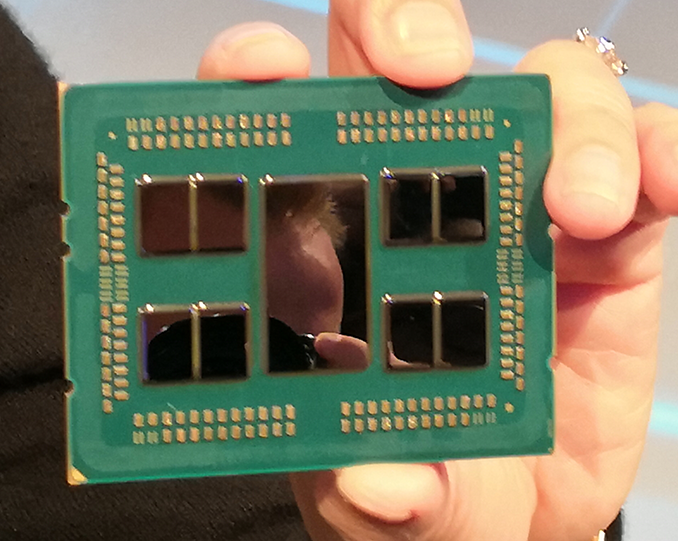

 Quote
Quote
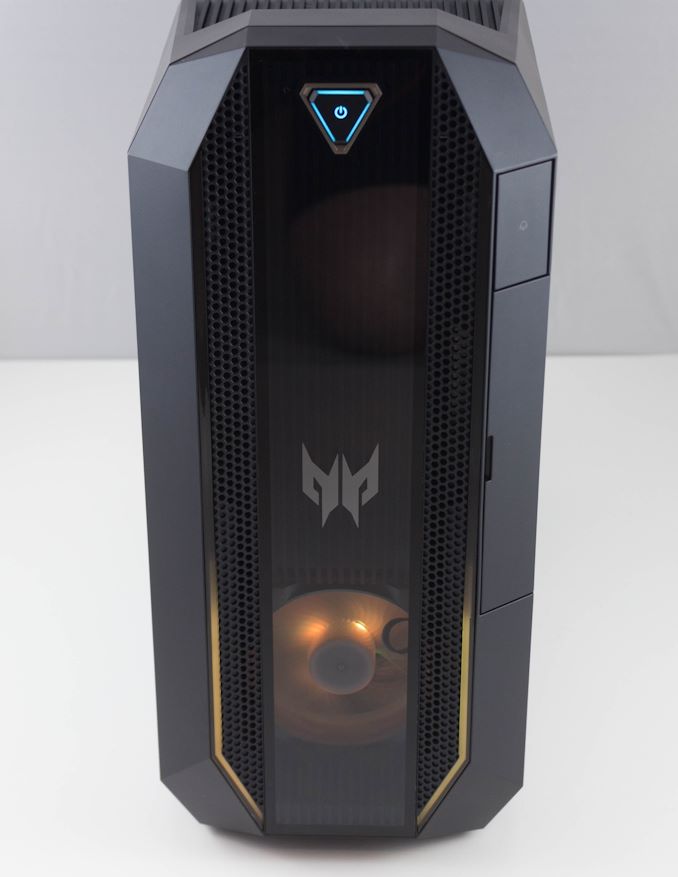
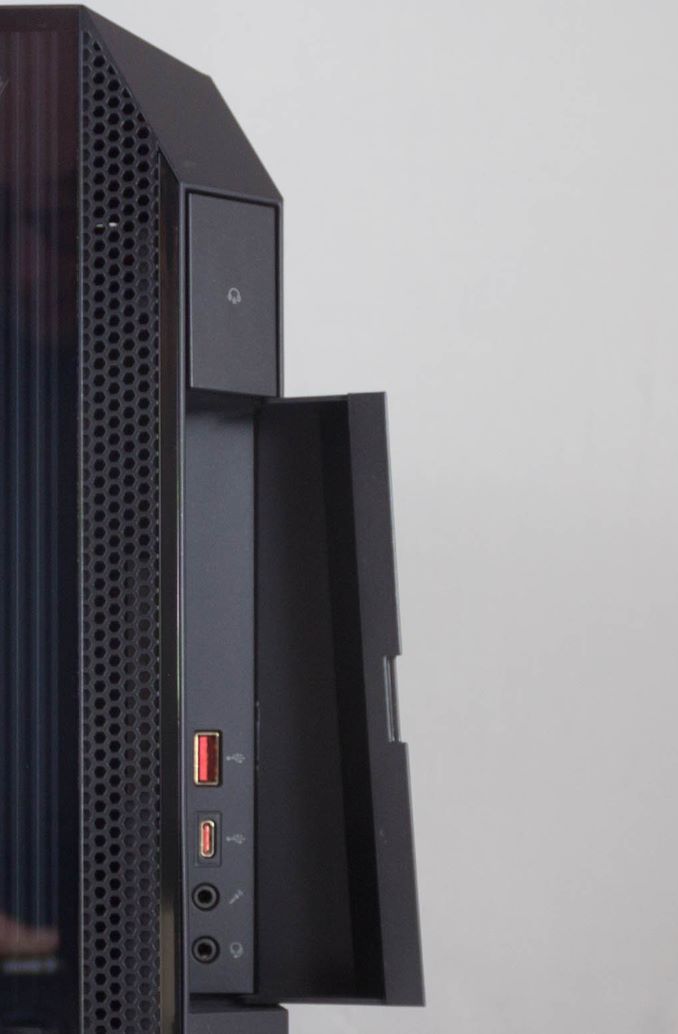
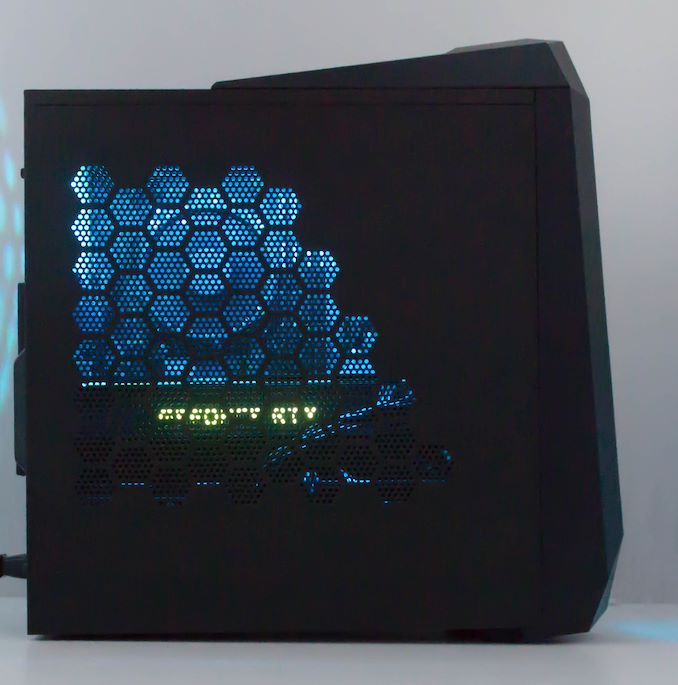
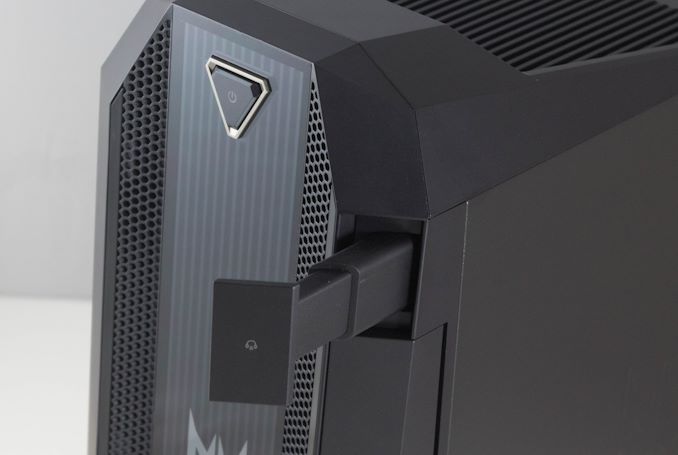

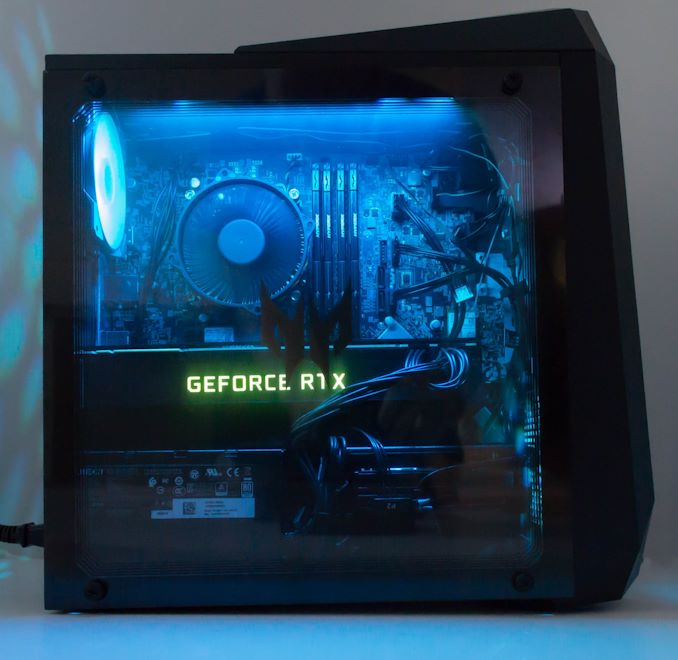



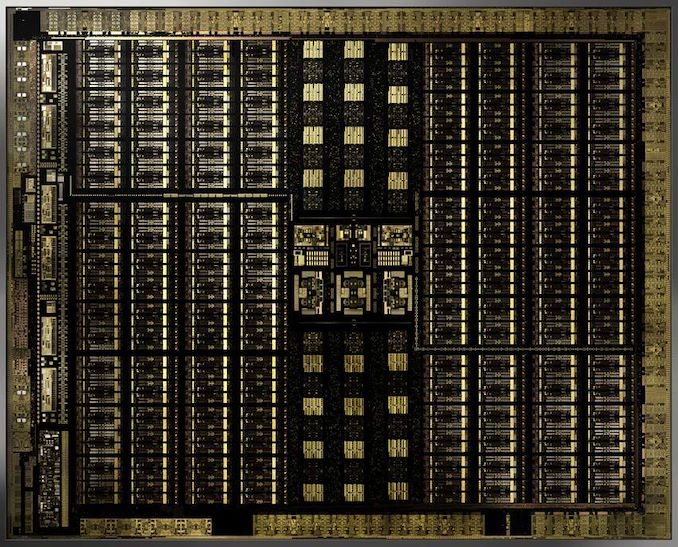

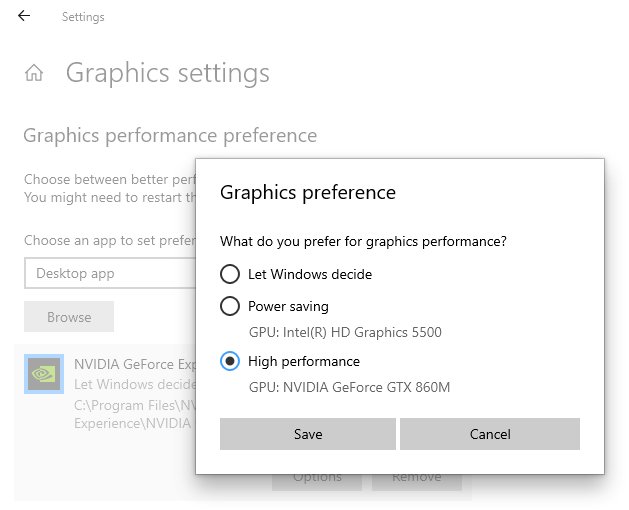

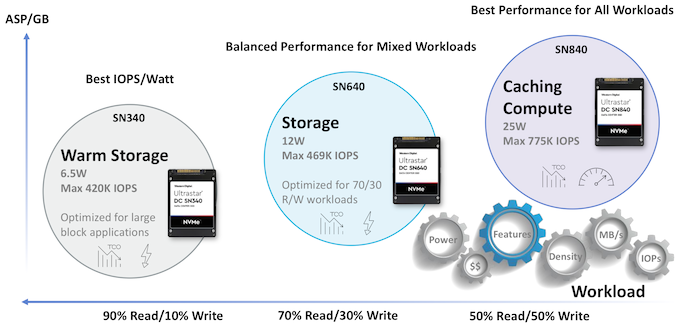
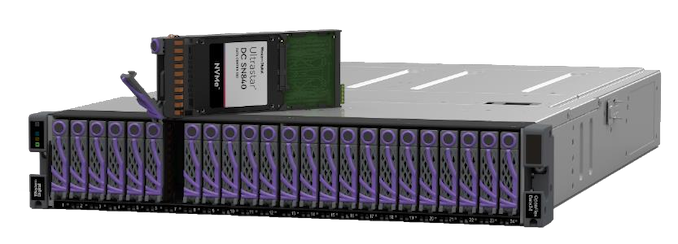
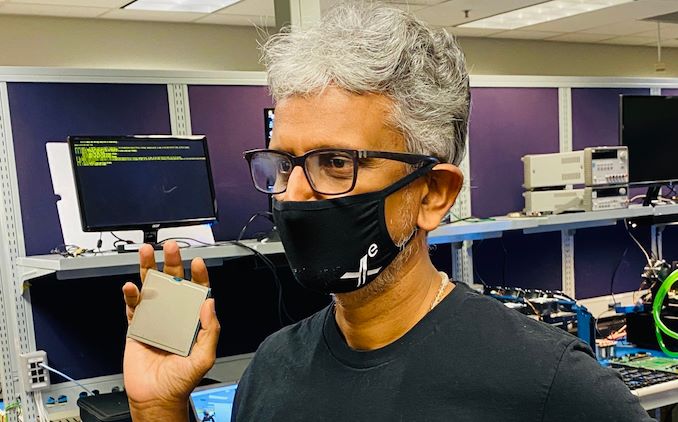

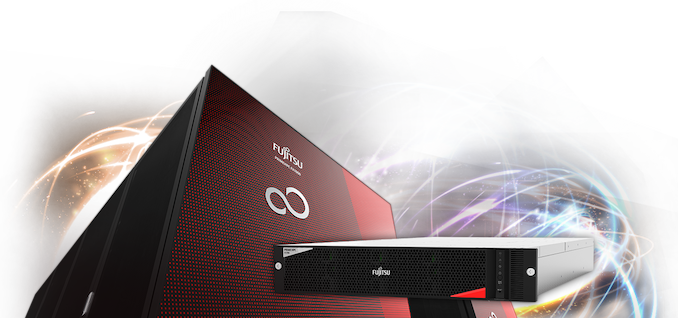
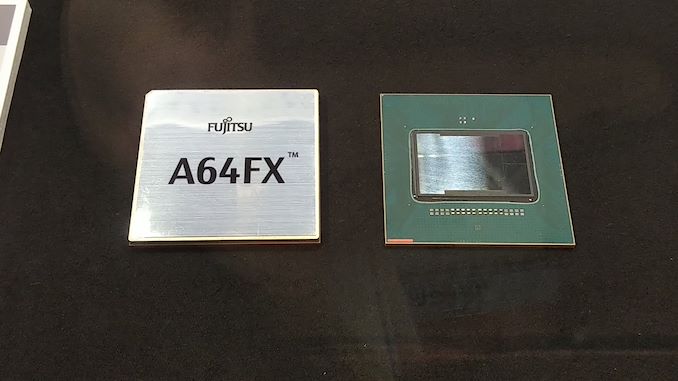
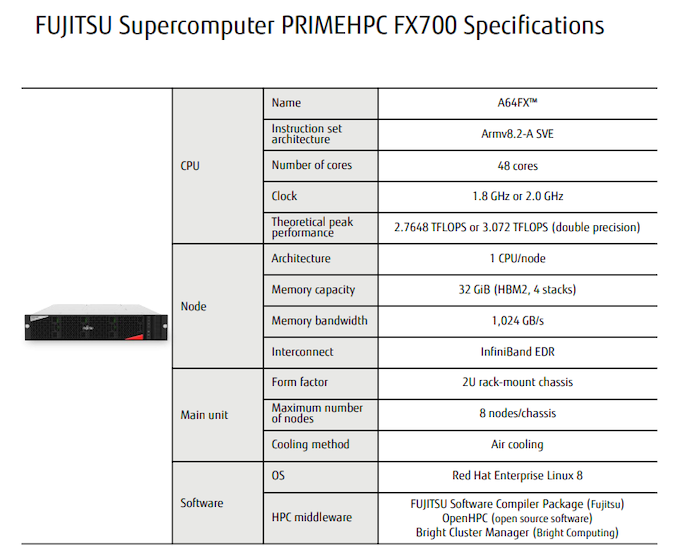
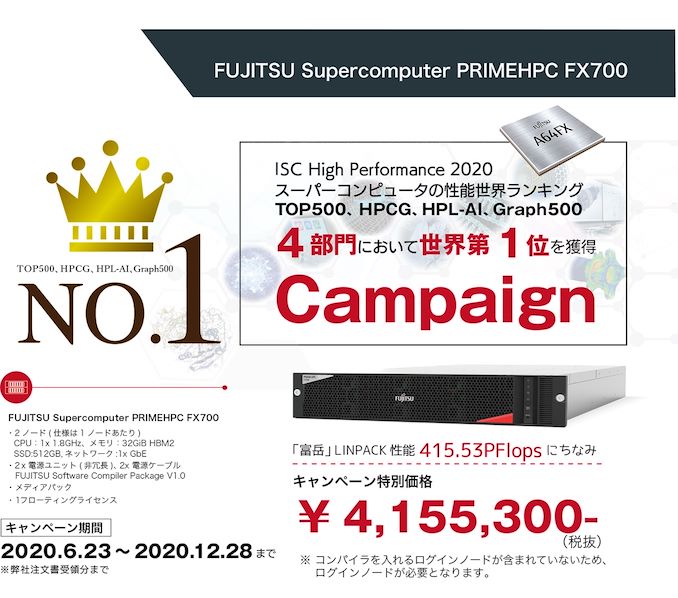
















Bookmarks